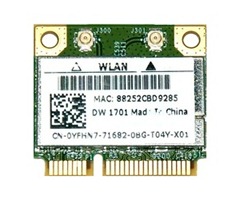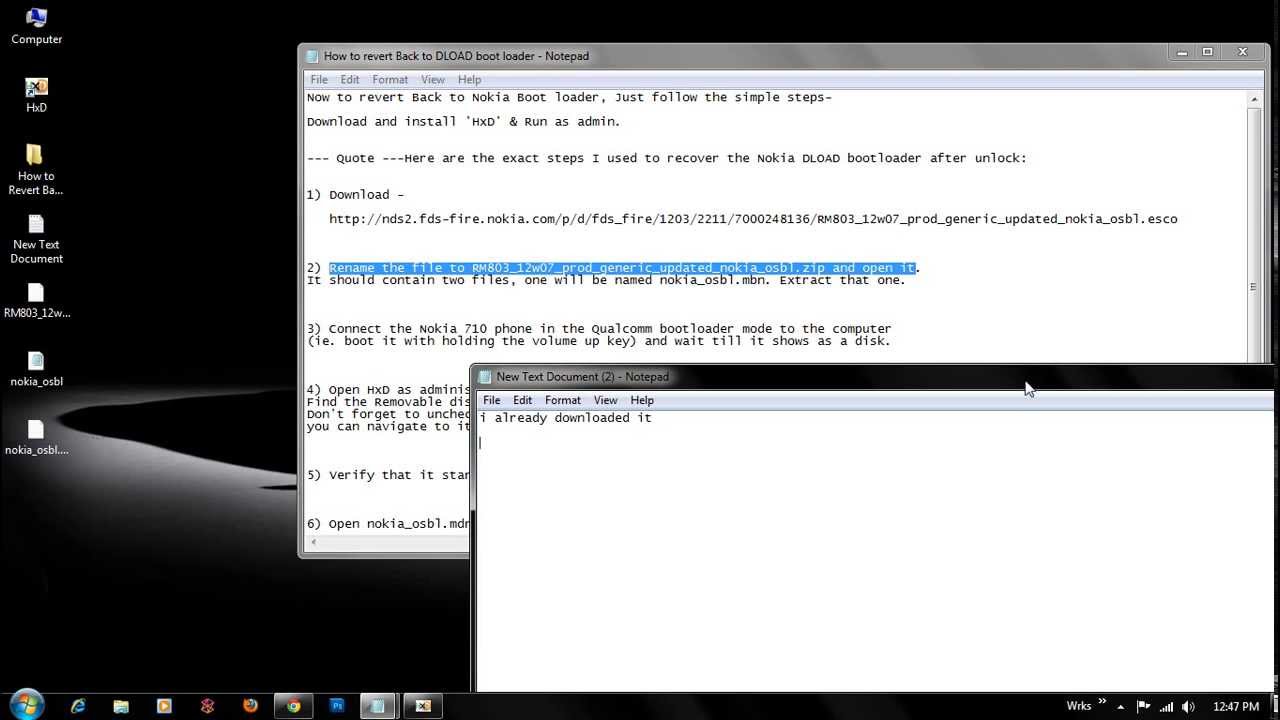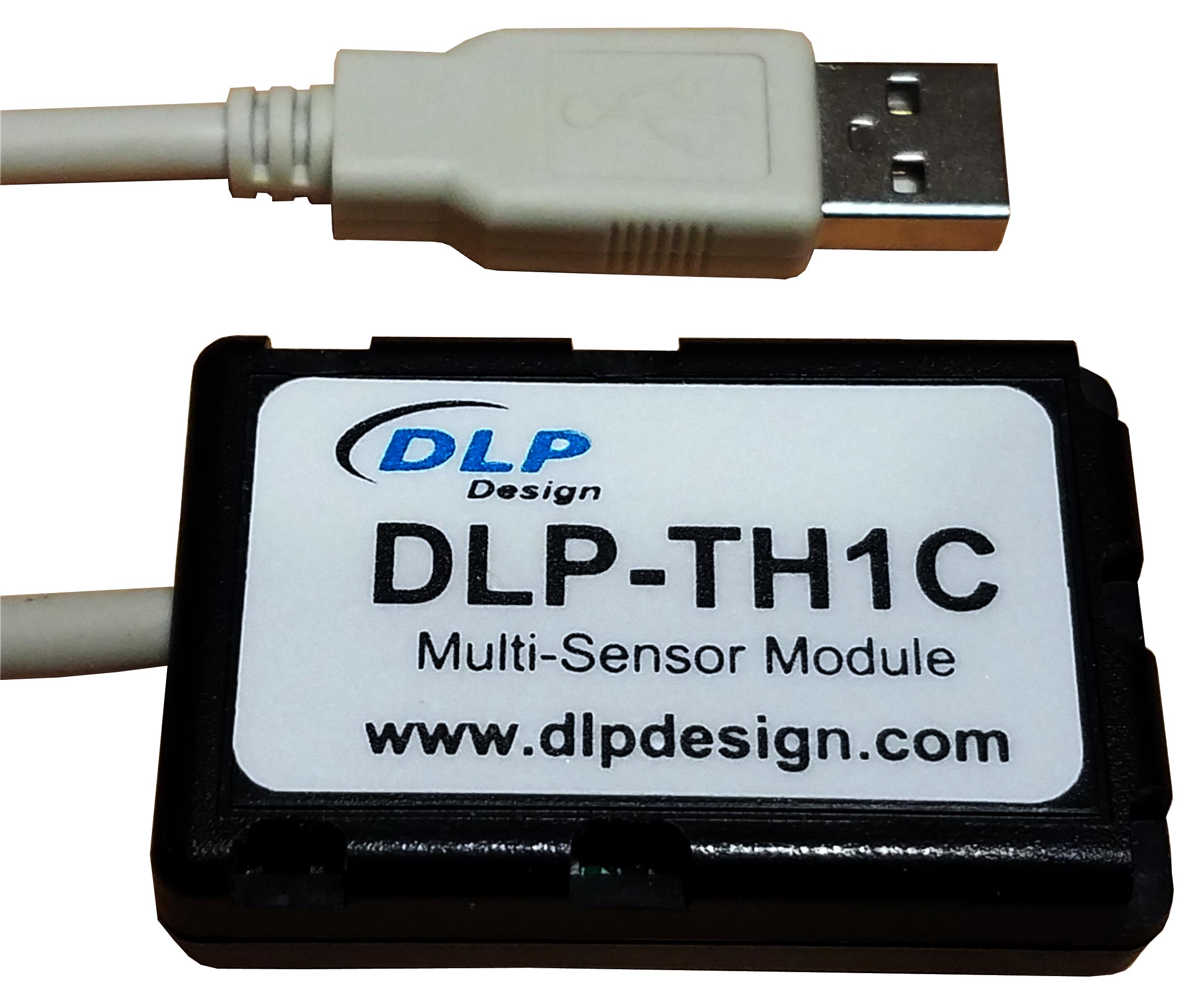- Hs Incorporated Usb Devices Driver Download
- Usb Hs Serial Driver
- Hs Incorporated Usb Devices Drivers
- Hs Incorporated Usb Devices Driver Adapter
If the iOS device cannot connect with your computer, it might be:
- iTunes won't detect and recognize my iPhone/iPad/iPod.
- My computer won't recognize my iPhone/iPad/iPod.
- PanFone failed to detect my iPhone/iPad/iPod.
Microsoft-provided in-box driver (Usbser.sys) for your Communications and CDC Control device. In Windows 10, the driver has been rewritten by using the Kernel-Mode Driver Framework that improves the overall stability of the driver. Improved PnP and power management by the driver (such as, handling surprise removal). The GPIB‑USB‑HS achieves maximum IEEE 488.2 performance. With no GPIB cable required for instrument connection, you can use the Hi‑Speed USB port to control up to 14 programmable GPIB instruments. This device is completely IEEE 488.2 compatible. The device includes a license for the NI‑488.2 driver software, providing maximum reliability for connecting to third-party instruments with. Welcome to the VIA Driver Download Portal. To obtain the latest available version of your VIA driver, please follow the steps below. If you are using Windows ® 7, 8, 8.1 or 10, please refer to our Driver & Support FAQ for detailed driver information. Qualcomm-QDLoader-HS-USB-Driver-64bit-Setup.zip file contains Qualcomm HS-USB QDLoader 9008 Drivers for Windows 10/7/8/8.1 64-Bit OS. The Qualcomm QDLoader Driver enables the Windows-based computer to properly detect the device when it is connected to PC in EDL Mode or Download Mode.
All the detection issues above may due to the Apple Mobile Device USB Driver has not installed successfully on your computer. To solve this problem, please follow these steps to install Apple Mobile Device USB Driver manually on your computer.
Step 1: Connect your device with your computer.
Step 2: Open your computer management window.
Right-click on My Computer/This PC icon on the desktop and choose Manage to open the Computer Management window, which is shown as picture below:
Step 3: Find Apple Mobile Device USB Driver.
After the Computer Management window is open, on the left panel of the Computer Management window, choose Device Manager. Then expand Universal Serial Bus controller or Universal Serial Bus devices (for Win10) on the right panel. Locate the Apple Mobile Device USB Driver. If you can not find Apple Mobile Device USB Driver, please go to Step 4 Reinstall Apple Mobile Device USB Driver.
Device Manager. Then expand Universal Serial Bus controller or Universal Serial Bus devices (for Win10) on the right panel. Locate the Apple Mobile Device USB Driver. If you can not find Apple Mobile Device USB Driver, please go to Step 4 Reinstall Apple Mobile Device USB Driver.- If you can find Apple Mobile Device USB Driver and there is no symbol over it, it means this device installed successfully.
- If you find this entry, there is other symbol next to it, which means that the driver is disabled. Right-click it and choose Enable from the pop-up menu to enable this device.
- If you find this entry but the entry listed with symbol '!' or '?' over it, please go to Step 4 to re-install the Apple Mobile Device Driver.
Step 4: To install or re-install Apple Mobile Device USB Driver
Under the Other devices, double click Universal Serial Bus(USB) controllers.
On the pop-up window, simply choose the second one -- Browse my computer for driver software.
The path should be: 'C:Program FilesCommon FilesAppleMobile Device SupportDrivers' (If you had changed your iTunes installing path, please follow your own path.) For 64 bit users, please kindly note that it should be in 'Program Files' folder, not the 'Program Files(x86)'.
Step 5: Reconnect your device.
After install/re-install the driver, unplug your iOS device and then reconnect it using USB cable. Now, your iOS device detection problem would be fixed.
Note: The Apple Mobile Device USB Driver has not been updated
If you have installed the Apple Mobile Device USB Driver and enabled the services, but still get 'Device not detected' error, this problem may be caused by Apple Mobile Device USB Driver has not been updated.
To fix it, right-click on on My Computer/This PC icon on the desktop and choose Manage to open the Computer Management window. On the left panel, choose Device Manager. Then expand Universal Serial Bus controller; locate the Apple Mobile Device USB Driver. Right click Apple Mobile Device USB Driver and click 'Update driver'.
Then your problem will be solved.The above is the solution for How to Install Apple Mobile Device USB Driver. Hope it will help you to connect your iOS device with your computer successfully.
Related Articles:
Looking for Qualcomm USB Drivers software that is easy to install on both 32bit and 64bit computers? Here’s the direct download link to its Setup file. Use this installer tool to install Qualcomm Snapdragon QDLoader HS-USB Driver effortlessly.
The setup file acts as an installer. You no longer need to manually put the drivers into appropriate location which can be so painful for novice users.
Simply grab the installer file, run it, wait, and it’s done. It’s that easy and simple.
When and why do I need this driver?
That’s a good question.

You won’t need this driver most of the time. Xiaomi has provided the necessary drivers built-in the Mi Flash Tool. You install the tool, you get the tool plus all required drivers.
However, that’s applicable only if your MIUI device can boot to either Recovery mode or Fastboot mode.
There is a rare situation that your device is bricked and you can do nothing. Nevertheless, a bad thing always happens. For instance, if you have a Xiaomi phone protected with Anti-roll Back protection. Downgrading the MIUI version on the ARB-enabled device will put the device into a hard-bricked condition.
Another situation, your phone is an old-school one such as Redmi Note 3 Kenzo, Redmi 4, or Redmi 3. The phone is bricked of some reasons and you haven’t unlocked its bootloader yet.
Some rare cases like that might happen and booting the phone to EDL mode is the only solution. Emergency Download Mode (a.k.a EDL Mode or Download Mode) is a magical method that allows you to flash anything on your device bypassing bootloader unlock status.
Recently, Xiaomi has been aware of this and starting to lock down EDL mode. The function is still there but it needs proper Mi Account Authorization or else it won’t work.
You might have heard about Test-point Method. This is basically an EDL mode but is achieved by doing a test-point on the phone’s hardware. It was fun during the old Xiaomi phone era. Users can boot into EDL by using a simple ADB command:
The function has been disabled and test-point is the only possible solution to the EDL mode.
Warning: We hold no responsibility for any damages caused by the use of this tool. This driver is a powerful driver since it is able to make deep modifications your the phone’s hardware.
Hs Incorporated Usb Devices Driver Download
You might want to also check out: Qualcomm Product Flashing Tool.
Download Qualcomm Drivers
Usb Hs Serial Driver
Both files are original, untouched, and unmodified. We mirror the files directly from Qualcomm’s server. Please use your favorite antivirus software to scan for any security threats.
Qualcomm USB Drivers for Windows 32-bit
Qualcomm USB Drivers for Windows 64-bit
How to install? Simply download the zip file, extract it using either WinRAR or 7Zip, and run the Setup file.
Follow the instruction displayed on the “Qualcomm USB Drivers for Windows – InstallShield Wizard“.
Once done, restart your phone.
Please mind the following matters:
- Download and install the appropriate version. Check your Windows computer system, whether it is a 32-bit or 64-bit machine.
- There is a chance that it cannot install properly due to the Signature Enforcement policy – usually on a 64-bit system. The solution: follow our previous guide on how to disable Windows Drivers Signature Enforcement.
Alternative Method

If using the installer above didn’t work well for you, you can try downloading the Standalone Qualcomm QDLoader USB Driver package and install it manually.
Download Qualcomm QDLoader USB Drivers Package:
Hs Incorporated Usb Devices Drivers
How to install?
Hs Incorporated Usb Devices Driver Adapter
- Extract the zip file.
- Enable Developer Options and USB Debugging
- Reboot your phone to EDL Mode (fastboot reboot edl). If your phone is currently bricked, do the Test-point method.
- Connect your phone to the computer using its USB cable.
- Open device manager from control Manager by right-clicking the computer icon. You’ll notice from the device manager that the phone is detected but its drivers are not correctly installed.
- Right-click the QHSUSB_BULK then choose “Update Driver Software”.
- Choose “Browse my computer for driver software”.
- Click the “Browse” button and locate the location of the drivers’ package extracted before.
- Click “Next” then choose “Install This Driver Software Anyway”.
- “Windows has successfully updated your driver software”.
Some illustration pics of the manual installation steps above:
That’s all. Now you have the essential USB drivers software for your computer to recognize your Xiaomi Snapdragon-based phones such as Redmi Note 5, 6 Pro, or the newly released Mi 9 and Redmi Note 7.
